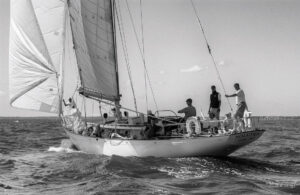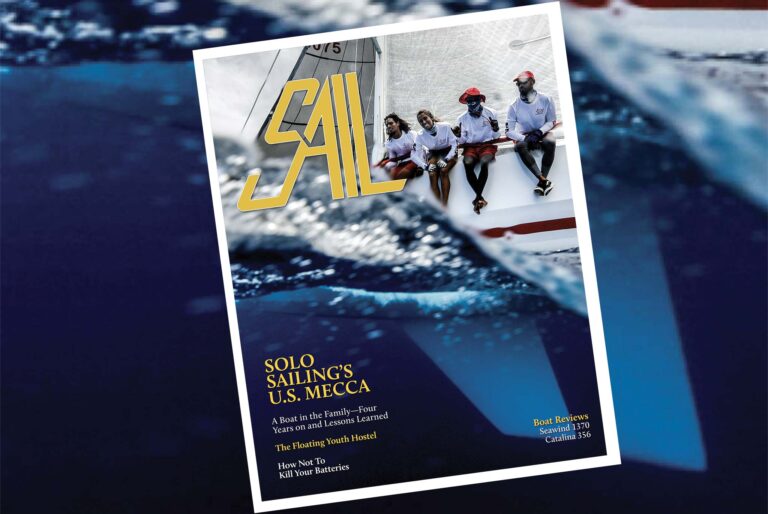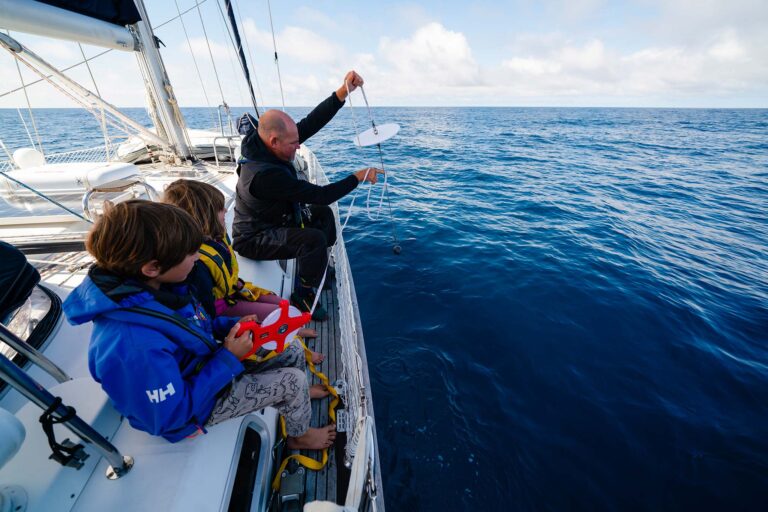A

Stern anchors, or kedges, are used to moor bow-to the shore. Drop the anchor three or four boatlengths out and then gently motor in using the stern line as a brake. If you run out of line, try accelerating and dragging the anchor slightly. Step ashore and make the bow fast with a couple of lines. Tension the stern line. To stop your boat from blowing sideways, tie a line from the other quarter and rolling hitch this to the anchor cable, so that they form a bridle.

B
Ideally, some form of fairlead is needed at the stern to reduce wear and help the anchor cable to pay out smoothly. Some boats stow the kedge cable on a drum, because an amazing amount of line can be stowed in a quite a small space. It should pay out and be retrieved easily, which is handy if you are using the kedge in an emergency situation. Protect the line from sunlight damage with a cover secured by Velcro. Some people don’t use any chain.

C
On many boats the line is just flaked down into a big box or onto the cockpit sole. Mind your feet on release.
D
On this boat the chain is lowered into a strong bucket hanging on the quarter. The kedge is then hung on the rail. When the kedge is let go, the chain chafe is taken by the edge of the bucket, and the line then snakes out after it.
E
Some people simply hang the chain over the stern.

F
This system has been refined into a special box that fits snugly over a stern fairlead.

G
A strong, fold-down, self-stowing anchor roller at the stern combined with a cable locker is a neat idea.
H
Some skippers use a very strong tape wound onto a reel to pay out the anchor rode.
I
When attaching lines ashore, look out for any cut lines that may have been left behind. These can indicate a very hurried exit that may, in turn, have been caused by poor anchor holding off shore.

J & K
A mooring ring or chain prevents damage to trees.
L
Some no-anchoring signs can be hard to see.

Dick Everitt has sailed thousands of miles in various parts of the world. He has been an illustrator, journalist and engineer for more than 40 years
January 2016









